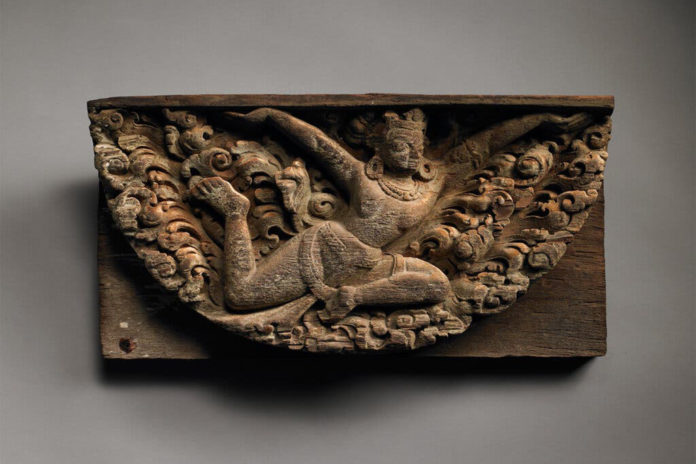

Western society’s practice of colonialism extends to art and museums. Many big-name museums have a history of housing stolen or unethically-acquired artifacts from a variety of cultures.
The Rubin Museum of Art in New York announced on Jan. 10 it will be returning two ancient wood carvings that are believed to have been looted from religious sites in Nepal. The items’ origins were revealed after a recent review of its provenance record and a call-for-action from the Nepal Heritage Recovery Campaign.
St. Thomas University history professor Brad Cross said it’s a current practice in museums to perform a deep provenance review, meaning they have to question and look into how the donor acquired the item.
Though provenance is required in most museums today, it wasn’t in the past.
“When we look at the great museums of the world … these are all museums of empire. Often, these massive collections had their origins in times when these kingdoms or nations or countries were flexing their power around the world,” said Cross. “These objects were basically just extracted and sent to the centre of the empire.”
Cross said he believes if museums find that they have unethically sourced artifacts, there should be efforts to return them to their home culture, where they hold extreme cultural significance. Still, Cross said there is one main argument museums use to dismiss this concern.
“Often, the argument you get today is … ‘we’re preserving and protecting them’ because many of these museums do have conservation experts and preservation experts who keep the stuff in excellent condition.”
The argument allowed many artifacts, like the Elgin Marbles housed in the British Museum, to stay in their possession despite their originating countries’ efforts to get them back.
“The flip side is with all of the resources of these museums, could they not also contribute to the stabilization and preservation of these objects in the home culture that they were taken from in the first place and be returned in that capacity?” said Cross.
Mackenzie Lawrence, a third-year STU student, thinks the practice is completely immoral.
“We’re able to cling on to these artifacts that are stolen under the guise of cultural heritage. But there’s really no regard for the cultural heritage of the cultures that these artifacts actually belong to,” said Lawrence.
Lawrence said he thinks there are better ways for people to enjoy and learn about other cultures, whether that’s through digital archives or through purchased commissions.
“We could be commissioning artifacts and works of art directly from people of different cultures to learn and benefit from them instead of just stealing them,” he said. “We could actually be paying people to do their professional art for us and put that in the museum rather than just steal it.”
